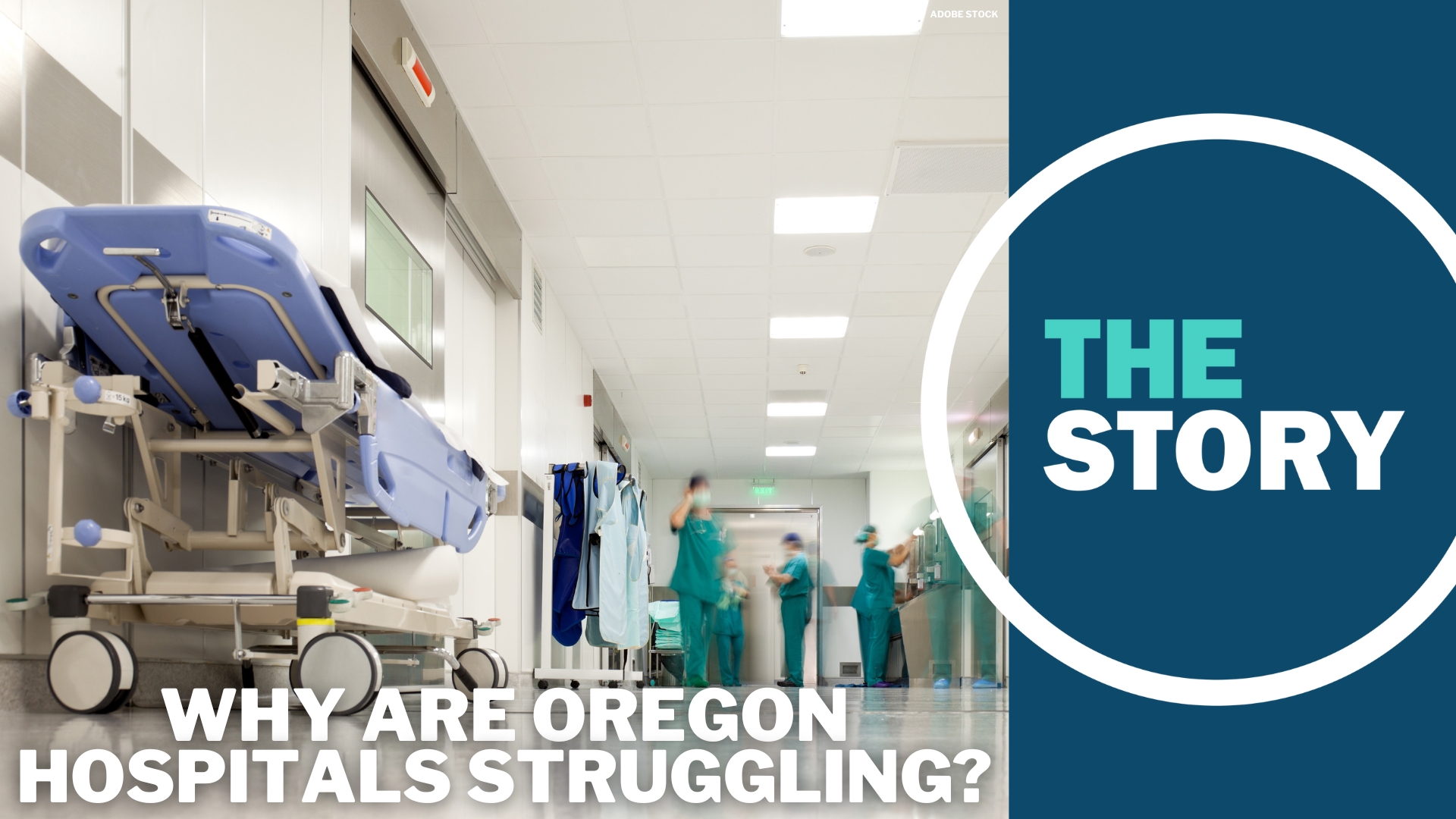PORTLAND, Ore. — Oregon is on the verge of what very well could be the largest nurses strike in state history, as roughly 3,000 Providence health care staff represented by the Oregon Nurses Association prepare to walk off the job for three days.
It's the latest of a series of scraps between Oregon hospital systems, labor unions and insurance companies.
In March, Legacy Health and Regence butted heads, threatening the covering of 30,000 people who received primary care through Legacy. About 100,000 patients with Regence insurance had visited a Legacy facility during 2023.
Legacy claimed that Regence needed to pay more for various procedures in order to keep up with rising costs, while Regence countered that paying more would saddle their customers with the bill. The two sides reached an agreement just before coverage lapsed.
In October, thousands of Kaiser Permanente employees in Oregon joined a national strike against the health care company, spanning groups from radiology techs to medical assistants and housekeepers, demanding better pay and job protections. At the same time, pharmacy workers started a three-week strike against Kaiser.
Those two incidents are just the tip of the iceberg. So, why does it seem like these disputes have been happening more often in the last few years?
The short version is that hospitals are still recovering from the COVID-19 pandemic, which sent seismic shocks through the entire health care system. Those impacts seem to be most keenly felt in large hospital systems.
The Oregon Health Authority maintains a data dashboard covering all 60 hospitals in the state, including "operating margin" — whether they made money or not. Statewide, taking all hospitals together, those numbers have gone up and down. Hospitals tended to fall into the red during 2022, recovered somewhat, then ended the third quarter of 2023 $10 million underwater.
Digging down into just the 27 largest hospitals in Oregon, things get more dire. They also got into big trouble around 2022, ending the third quarter of 2023 at negative $44 million.
But for small rural hospitals, those with 50 or fewer beds located 30 miles or more from another hospital, they came out $4 million ahead.
Even less remote small hospitals, the ones within 30 miles of another hospital, were $29 million in the black by the third quarter if 2023.
The Hospital Association of Oregon claims that throughout 2021 and 2022, they'd have all been in the red without the federal COVID-19 relief funds.
"Hospitals' finances really have been evolving for the last four years since the pandemic," said Lisa Goodman, spokesperson for the HAO. "Were it not for federal CARES Act funds, hospitals would have faced staggering losses in 2020 and 2021 and 2022. However, when that federal funding goes away, you can really see the impact. In 2022, for example, hospitals collectively posted a negative 2.7% margin, ending that year in one of the worst overall financial positions since we first began tracking financial data in 1993."
Goodman said hospitals saw a modest improvement in financial stability last year. But still more than half of both large urban hospitals and small rural hospitals reported that they did not get paid enough to cover the cost of providing care.
"In 2023, hospitals posted a negative 1.3% operating margin," she added. "So it was really only a marginal improvement over 2022."
Hospitals are able to point to these trends when they come into conflict with labor unions and insurance companies, arguing that they aren't making enough. But with the cost of receiving health care still sky-high, how is there a lack of money for hospitals?
Goodman's HAO argues that the government isn't paying enough for care. Hospitals only got paid 70 cents for every dollar spent on Medicaid patients in 2022, for example, and the underpayment totaled more than a billion dollars, they claim.
The Oregon Health Authority's dashboard provides this kind of data for specific hospitals, including Providence Portland Medical Center. In 2021, the hospital reported revenue of $1.4 billion and operating expenses of $1.08 billion. Operating margin was $31.8 million. Factoring in their investments, they made a total of $55 million.
But in 2022, that turned around. The hospital ended the year with a $49 million loss.
Goodman said that there are a number of factors involved, but overall the system is under a great deal of stress.
"Since the first quarter of 2021, salaries and benefits alone have increased by 31% — events which really reflect hospitals' ongoing investment in attracting and retaining talent," she said. "And this is significant when you consider that for most hospitals, labor accounts for more than half of their operational costs, and for some up to 60%. So if you're a hospital who you know is spending 60% of its money on labor, and that labor goes up by 31%, that results in a significant impact to your overall finances. And it is an investment in the workforce and that's a good thing. But it is putting pressure on our hospitals."
Balancing investments in the workforce with overall sustainability is something hospitals are still "trying to figure out," Goodman added.
"Hospitals do want to invest in their workforce. That is important, absolutely," she said. "But we also need to be able to be financially sustainable and keep our doors open and make sure that we're able to provide care to the communities we serve — not just today, but five years from now and 10 years from now. So how do we accomplish that? And that's the question we're we're trying to answer."

